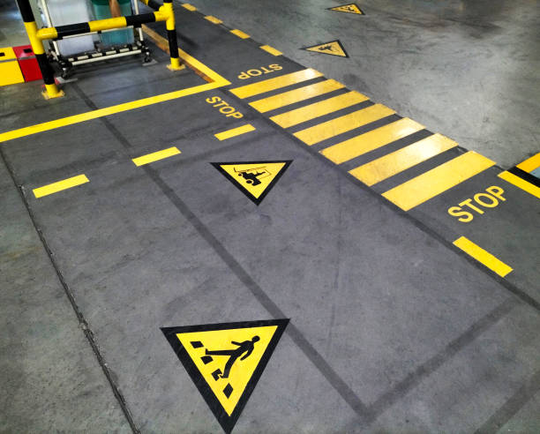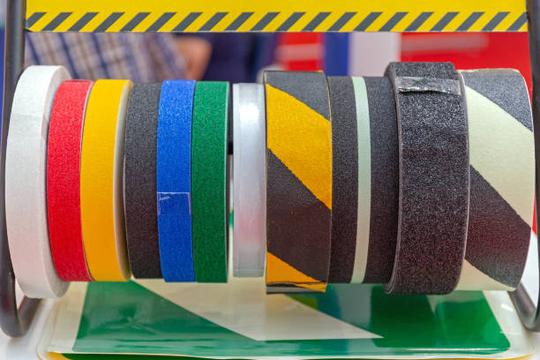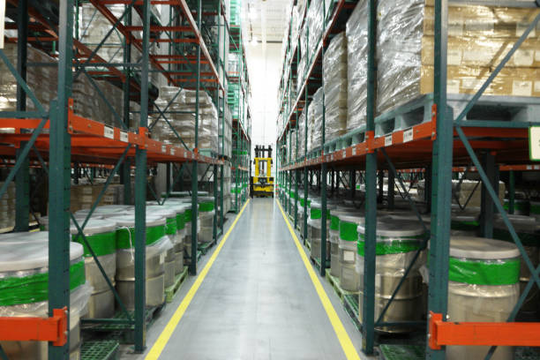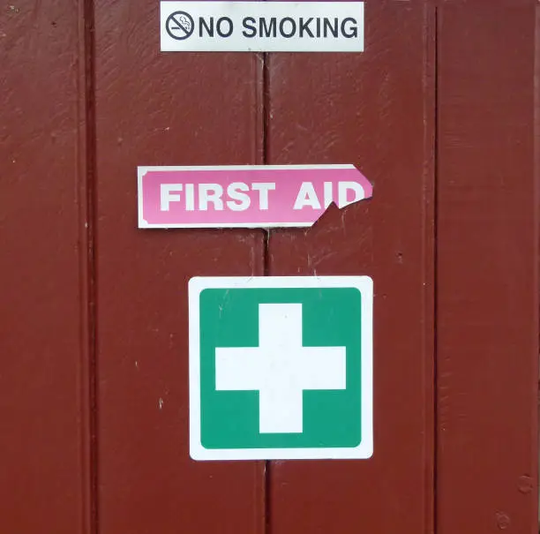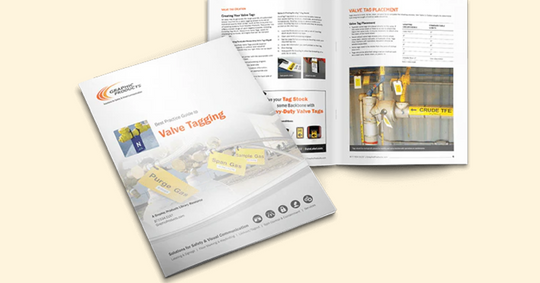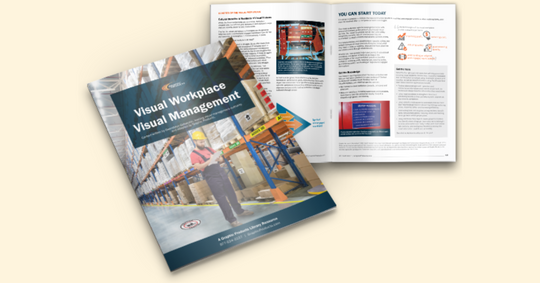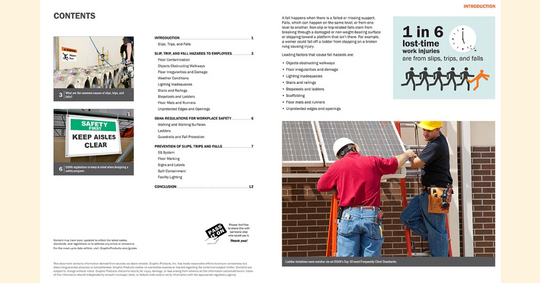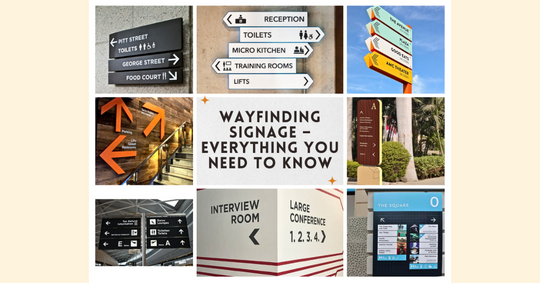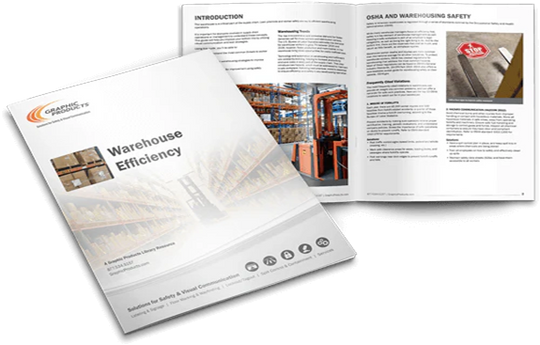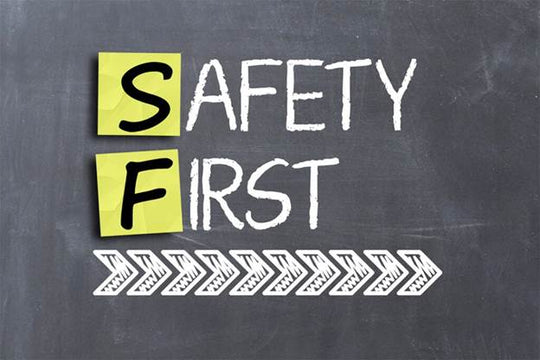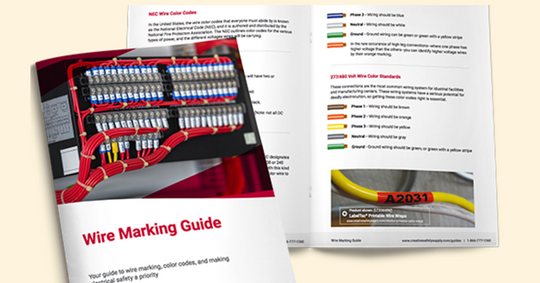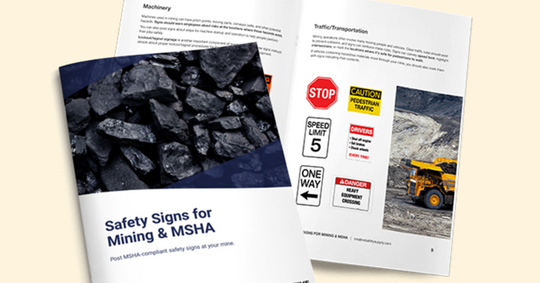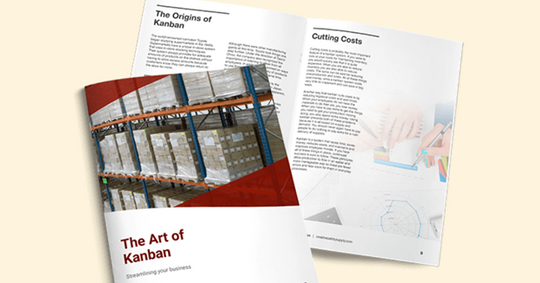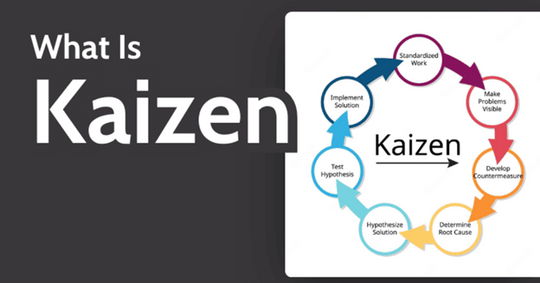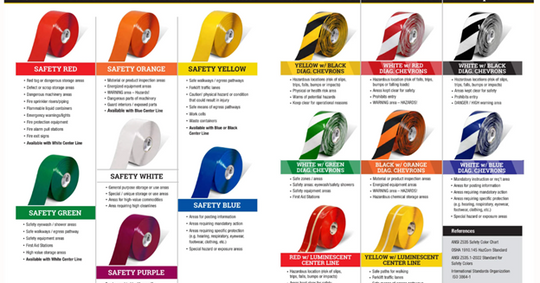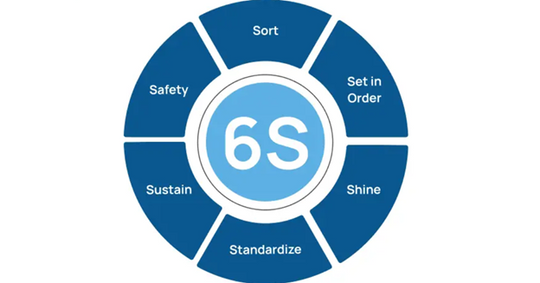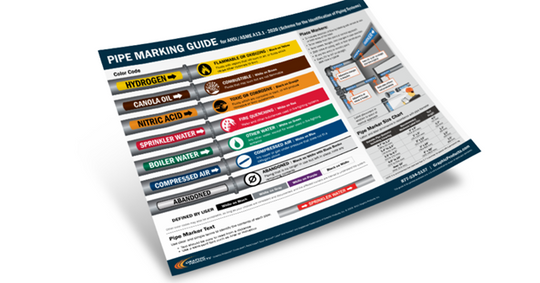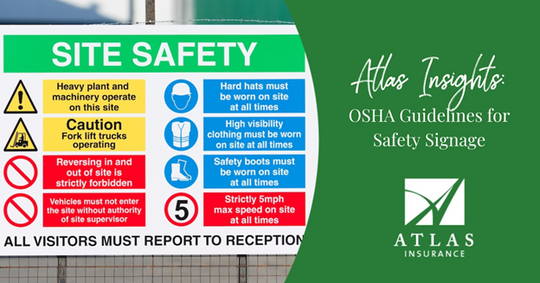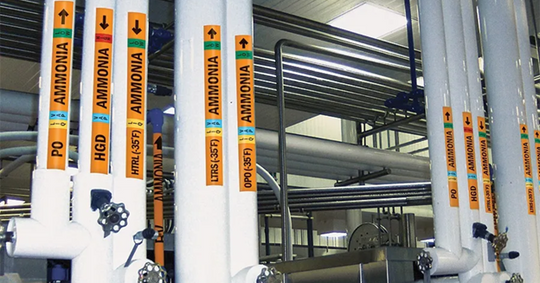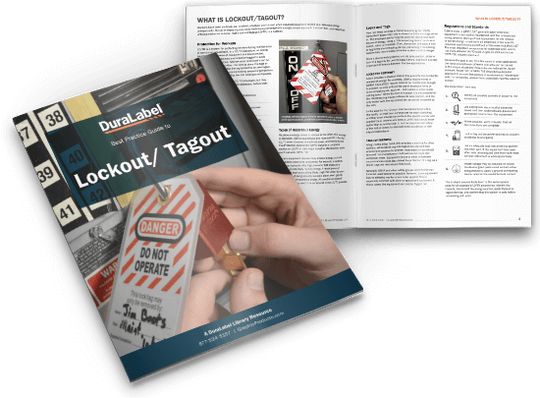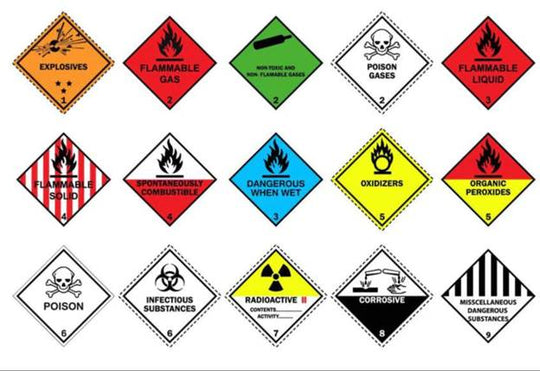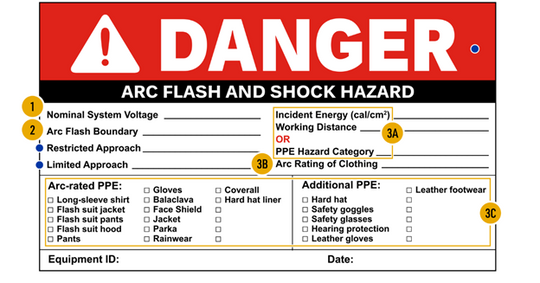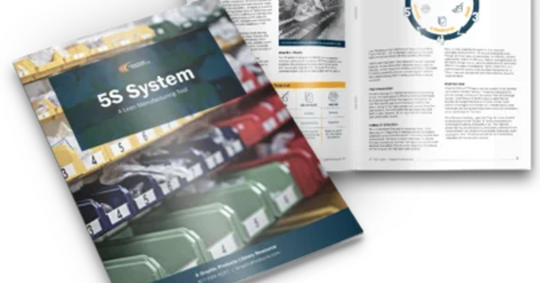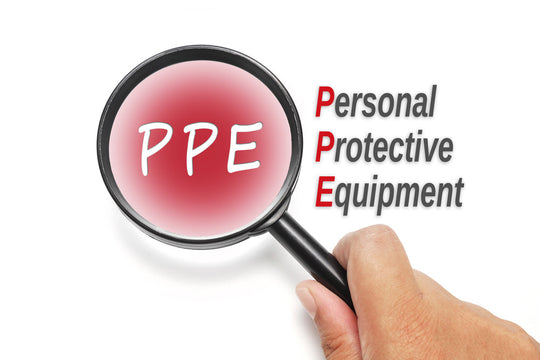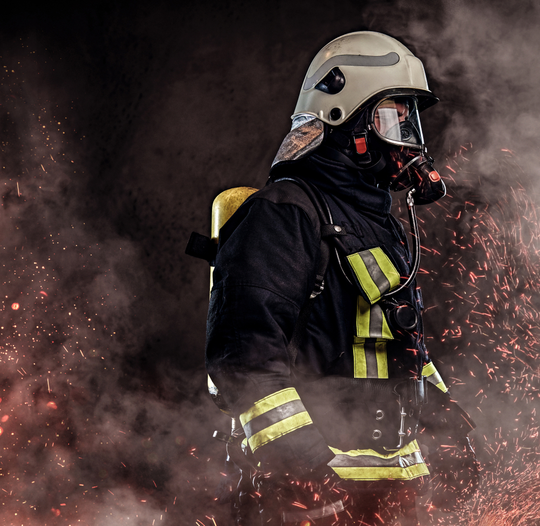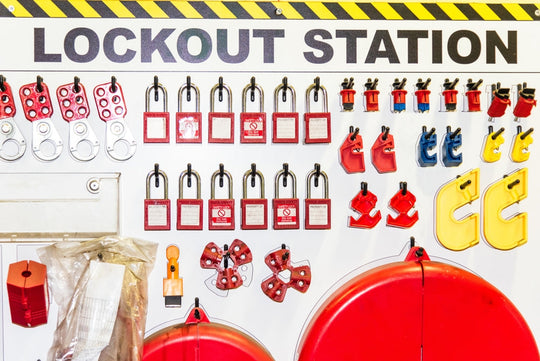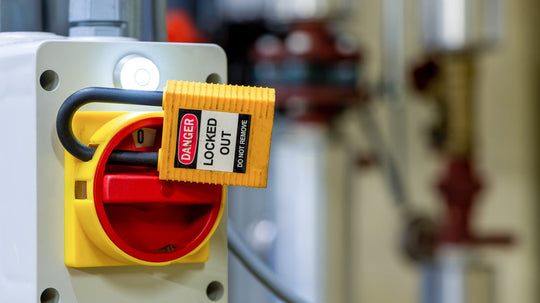Best Safety Tag Ideas for Factories: Stay Safe and Compliant
Introduction:The Importance of Safety Tags in Factories
In factories, safety is a critical priority. Whether handling machinery, working with hazardous materials, or managing a high-volume assembly line, safety protocols must be followed closely. One effective way to ensure safety and minimize workplace accidents is through the use of safety tags. These tags serve as visible reminders about potential hazards, equipment malfunctions, or safety procedures that need to be followed.
By providing clear warnings, industrial safety tags help employees quickly identify risks and prevent accidents. Not only do they aid in complying with regulatory standards, but they also foster a culture of safety in the workplace. Let’s explore the different types of safety tags for factories and best practices to help you stay safe and compliant.
Why Safety Tags Are Crucial for Factory Operations
Safety tags are more than just pieces of paper or plastic—they are a vital tool in creating a safe work environment. Here’s why they are indispensable:
- Compliance with Industry Regulations: Safety tags help factories meet industry standards, such as those outlined by OSHA (Occupational Safety and Health Administration). This ensures that your workplace follows the law and avoids penalties.
- Preventing Accidents and Injuries: By clearly marking hazardous areas and equipment, machine safety tags allow employees to recognize immediate dangers and take necessary precautions to avoid injury.
- Promoting Workplace Safety Awareness: Tags serve as constant reminders for workers to stay alert and follow safety protocols. They create a visual safety culture where everyone is aware of potential hazards.
Types of Safety Tags for Factories
Safety tags come in a variety of types, each suited for different safety purposes. Here are some of the most commonly used safety tag types in factories:
- Danger Tags: Used to indicate immediate, severe hazards such as electrical risks, toxic chemicals, or moving machinery. Danger tags are typically red and should be placed in areas where urgent action is needed.
- Warning Tags: These yellow tags are for less immediate hazards, such as slippery floors or moving parts. They alert workers to be cautious but do not require immediate action.
- Caution Tags: Usually in orange or yellow, caution tags highlight minor hazards like low-level equipment risks or areas that require attention but are not life-threatening.
- Lockout/Tagout (LOTO) Tags: These are used to prevent the accidental start-up of machinery during maintenance. LOTO tags are essential in industrial settings to ensure equipment is not inadvertently activated while workers are performing repairs or maintenance.
- inspection Tags: Attached to machinery and tools, these tags remind workers when equipment needs maintenance or inspection. They help keep track of repair schedules and ensure machines are always functioning properly.
Best Practices for Using Safety Tags in Factories
To ensure maximum effectiveness, it’s essential to follow best practices when using safety tags in your factory:
- Placement of Tags in High-Risk Areas: Tags should be placed in high-risk areas such as around machinery, chemical storage areas, and electrical panels. Make sure they are clearly visible to all workers.
- Visibility and Readability of Safety Tags: The text on safety tags should be large, clear, and easy to read from a distance. Use bold lettering and contrasting colors to enhance visibility.
- Regular Inspection and Maintenance of Tags: Safety tags should be checked regularly to ensure they remain in good condition and are not obscured or damaged. Replacing worn-out tags ensures that hazards continue to be communicated effectively.
How Safety Tags Help in Compliance with OSHA Standards
OSHA has specific regulations regarding hazard identification and employee safety, and safety tags play an essential role in meeting these requirements.
For example, OSHA mandates the use of tags for lockout/tagout procedures to protect workers during machine servicing and maintenance.
In fact, failure to implement proper safety tagging can lead to penalties, citations, or even workplace accidents. By using safety tags correctly, factories can maintain compliance with safety standards and keep employees safe.
Creative Safety Tag Ideas to Improve Workplace Safety
Safety tags don’t have to be generic. In fact, customizing them can help improve employee engagement and ensure the tags are more relevant to specific factory operations. Here are a few creative ideas:
- Custom Safety Tags: Design tags with specific safety messages or instructions tailored to your factory’s processes. Custom tags allow you to address unique hazards specific to your workplace.
- Color-Coded Tags: Use different colors for different types of risks. For example, red tags for immediate dangers, yellow for caution, and green for safe zones. Color coding makes it easy to recognize the severity of a hazard at a glance.
- Interactive Tags: Consider integrating QR codes into your safety tags that link to safety protocols, maintenance manuals, or emergency contacts. This allows workers to access more detailed information in real-time.
Using Color-Coding for Effective Safety Tagging
Color coding is an effective strategy to ensure quick hazard recognition. It’s important to use standard color schemes to avoid confusion:
- Red: Indicates immediate danger or critical risks.
- Yellow: Signals caution or moderate risk.
- Green: Signifies safety or “go” zones.
- Orange: Often used for low-level hazards or specific warning situations.
By using these colors consistently, workers can quickly identify the level of risk associated with a specific area or piece of equipment.
How to Create Custom Safety Tags for Your Factory
Custom safety tags can address unique risks and ensure the effectiveness of your safety program. Here’s how to create them:
- Identify Hazards: Determine the specific hazards present in your factory. Are there areas with electrical risks, heavy machinery, or dangerous chemicals?
- Design the Tags: Make sure your custom tags are easy to understand. Use simple language and symbols that everyone can recognize.
- Include Essential Information: Include the hazard type, instructions for safe operation, and emergency contact details. Make sure the message is clear and concise.
- Test for Effectiveness: Once your custom tags are in place, test their effectiveness by monitoring worker responses and safety behavior.
Top Safety Tag Ideas to Improve Workplace Safety
|
Safety Tags |
Short Description |
|
Explore creative safety tag ideas that can help improve safety communication and compliance in the workplace. |
|
|
Learn effective floor marking ideas to organize workspaces, improve traffic flow, and enhance safety in various environments. |
|
|
Discover warehouse safety ideas that help reduce risks, improve operations, and create a safer working environment. |
|
|
Check out innovative workplace safety tag ideas designed to improve hazard communication and reduce workplace injuries. |
|
|
A comprehensive guide to safety signage ideas that enhance visibility, promote safety awareness, and meet regulatory standards. |
|
|
Get ideas for industrial labeling that ensures proper hazard identification, equipment safety, and regulatory compliance. |
|
|
Explore the best safety tag ideas specifically designed for factories to improve safety measures and operational efficiency. |
Conclusion
Safety tags are an essential tool for ensuring factory safety and compliance. By using them correctly and creatively, you can reduce the risk of workplace accidents, improve employee awareness, and ensure that your factory meets all necessary safety standards.
Hazard communication through the use of safety tags, clear messaging, and adherence to best practices will help create a safer work environment for everyone.
For high-quality safety tagging solutions, visit Archford to explore a range of workplace safety products.
FAQs:
Why are safety tags important in factories?
Safety tags help identify hazards, prevent accidents, and ensure that employees follow safety protocols, reducing the risk of injuries and meeting regulatory requirements.
What types of safety tags should be used in a factory?
Common types include danger tags, warning tags, caution tags, lockout/tagout (LOTO) tags, and inspection tags, each designed for different levels of risk.
How can custom safety tags benefit a factory?
Custom safety tags can be tailored to address specific hazards in your factory, improving hazard recognition and employee engagement in safety protocols.
What are some best practices for using safety tags in factories?
Tags should be placed in high-risk areas, designed for maximum visibility, and regularly inspected for wear and tear to ensure they remain effective.
How do safety tags help with OSHA compliance?
Safety tags are an essential component of OSHA’s safety regulations, particularly in lockout/tagout procedures, and help factories avoid penalties by ensuring compliance with safety standards.




